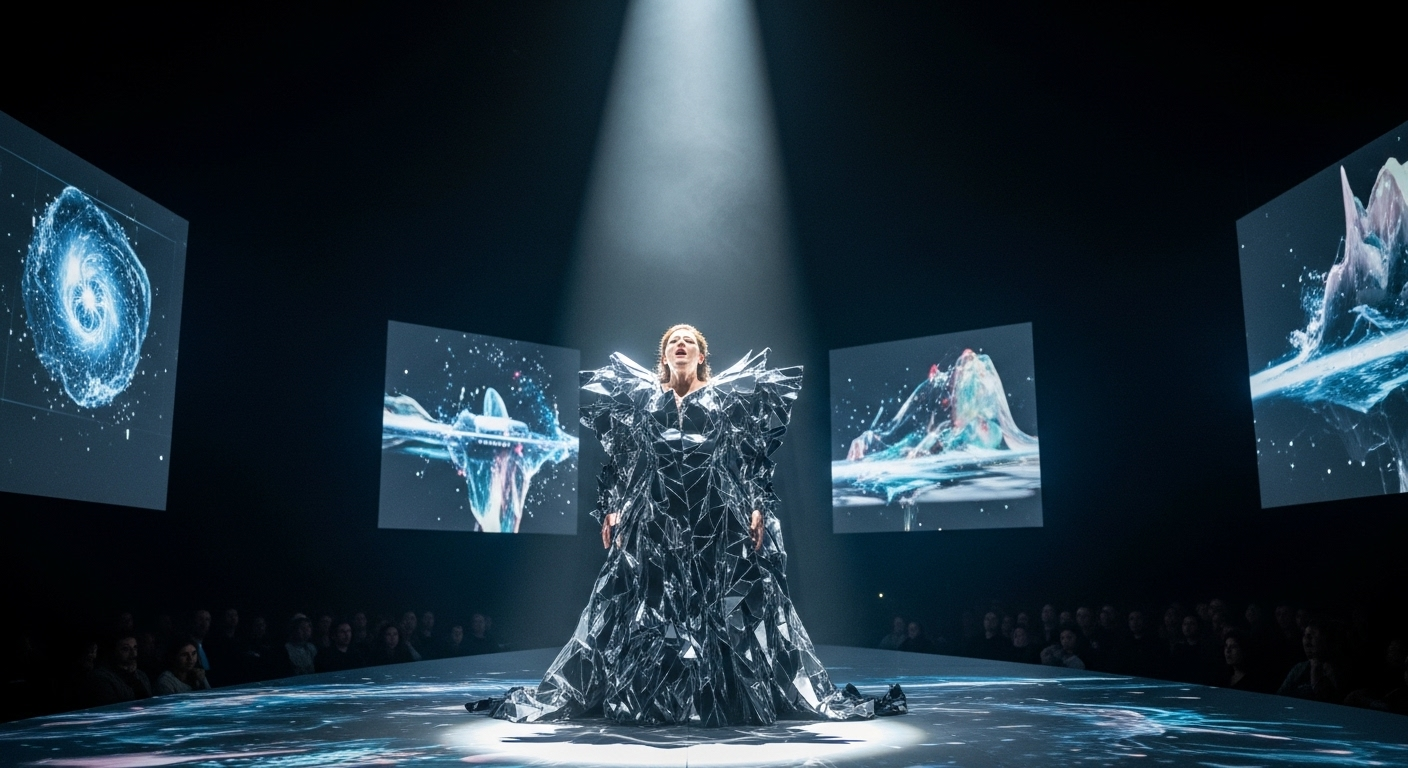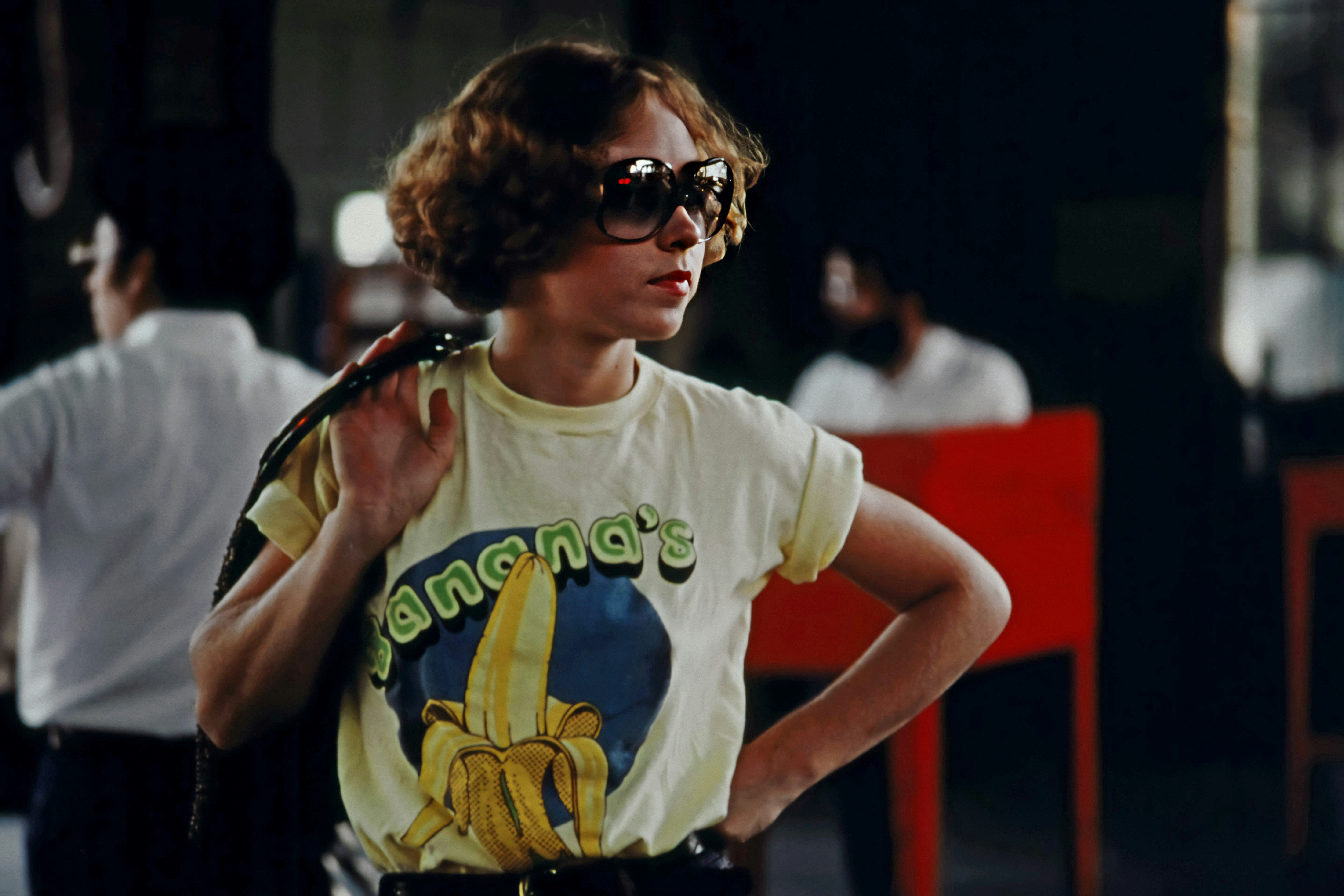Digital Archives in Performance: Restaging Works from Online Collections
Digital archives increasingly inform how artists restage historical and contemporary works. This article examines practical approaches to using online collections in live and hybrid performance, highlighting methods for curation, technical design, community involvement, and considerations around accessibility, sustainability, and residency models for makers and venues.

Digital archives are changing how performances are conceived and produced. Restaging works from online collections involves more than sourcing images or scores: it requires careful curation, attention to rights and provenance, and translation of static materials into temporal, embodied experiences. Whether a festival commission, a long-term residency project, or a modular touring piece, artists and programmers must consider accessibility, sustainability, and audience engagement while respecting archival integrity.
How do archives shape performance?
Online archives offer a vast repository of visual, textual, and audio material that can frame a restaging. Archives provide context—dates, makers, original conditions—that can inform dramaturgy and design decisions. Working with archives also raises questions about authenticity: performers may choose to replicate an original staging, to adapt fragments, or to re-interpret materials through a contemporary lens. In practice, archival research feeds script development, set and costume choices, and projection content, connecting historical sources directly to the live moment.
What role does curation play?
Curation mediates the jump from archival object to staged work. Curators and artists collaborate to select materials that support a coherent narrative or conceptual through-line. This involves tagging, metadata review, and often the creation of modular assets—images, audio clips, transcriptions—that can be recombined in rehearsal. Good curation also accounts for permissions and clear documentation. In many cases, residencies provide the time and institutional support needed to develop a careful curatorial approach that balances research with creative risk.
How does accessibility affect restaging?
Accessibility must be integral to restaging from digital collections. That includes ensuring projection content has captioning, providing audio description for visually rich archival materials, and creating tactile or printed supports for audiences who need them. Online archives themselves vary in accessibility; artists should assess source material accessibility and adapt it for live contexts. Considering venue layout, platform choices for hybrid streaming, and interfaces for audience interaction helps make the restaged work inclusive and usable for diverse patrons.
How can community and crowdsourcing be involved?
Community engagement expands both the sources and relevance of restaged works. Crowdsourcing can surface personal memories, photographs, and oral histories that enrich official collections and diversify perspectives. Local services and community partners often support outreach, offering spaces for workshops or contributing contextual knowledge during a residency. In festival settings, community-sourced material can be integrated into participatory segments, creating works that reflect shared histories and invite communal ownership of the archival narrative.
How are soundscape and projection used?
Soundscapes and projection translate archival artifacts into immersive layers for performance. A carefully designed soundscape—field recordings, remixed archival audio, or algorithmically generated textures—can bridge gaps between documents and sensory experience. Projection maps images, texts, and moving collages onto set pieces or architectural surfaces, allowing archival fragments to shift scale and context. Combining these elements requires technical planning around projection surfaces, speaker placement, and synchronization, often developed during a residency or tech rehearsal period.
What do algorithms, modular design, and sustainability contribute?
Algorithms enable dynamic curation, surfacing related archive items and supporting live recombination of assets during a show. Modular design supports touring and flexible staging: sets and projections built from repeatable components reduce load and adapt to different venues. Sustainability considerations—material reuse, low-energy projection choices, and reduced travel via digital sharing—are increasingly central. Some practitioners balance algorithmic processes with human curation to avoid decontextualizing sensitive materials, especially when working with community archives or contested histories. Festivals and venues that host residencies can help by offering storage, ethical oversight, and shared technical resources.
Digital archives broaden the palette available to performance makers, but each project requires thoughtful negotiation of rights, context, and audience experience. Restaging from online collections can deepen cultural connections when driven by rigorous curation, inclusive access planning, and community collaboration, supported by technical practices from soundscape design to modular staging and careful use of algorithmic tools.
Sources:




